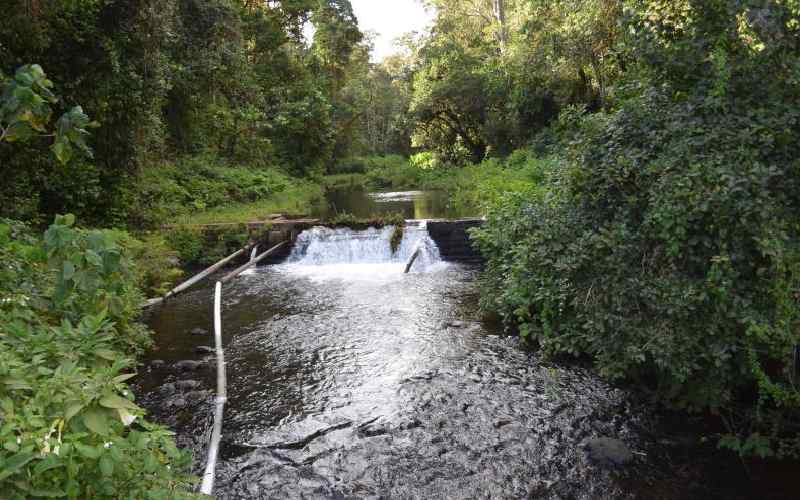×
The Standard e-Paper
Truth Without Fear

Flora and fauna found within Kamweti forest of Mt Kenya with one of its big rivers whose source is right from the mountain whose scenery tourists enjoy. [File, Standard]
Kenya led the continent in charting a way forward to tackle climate change.